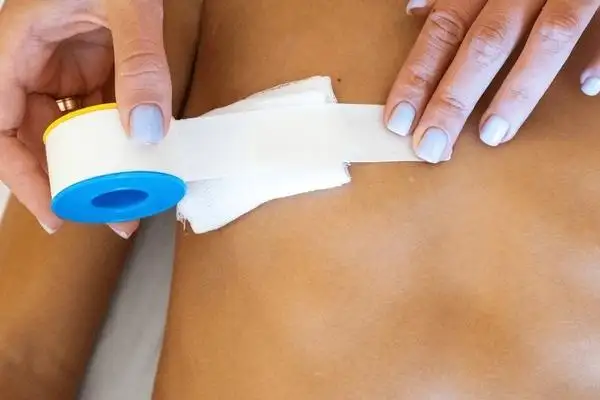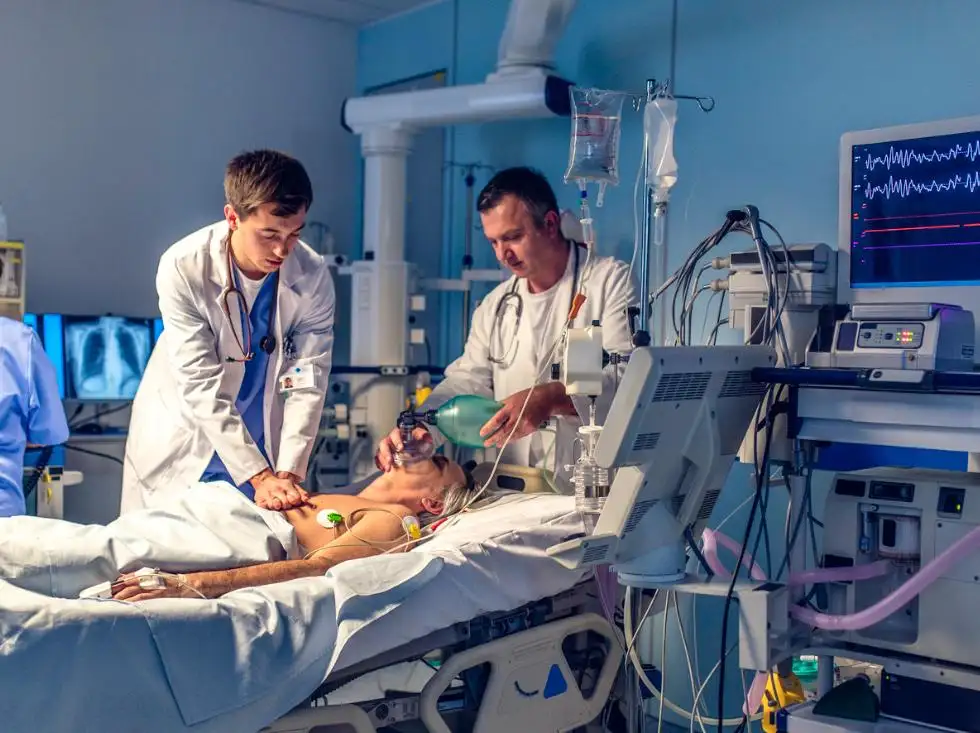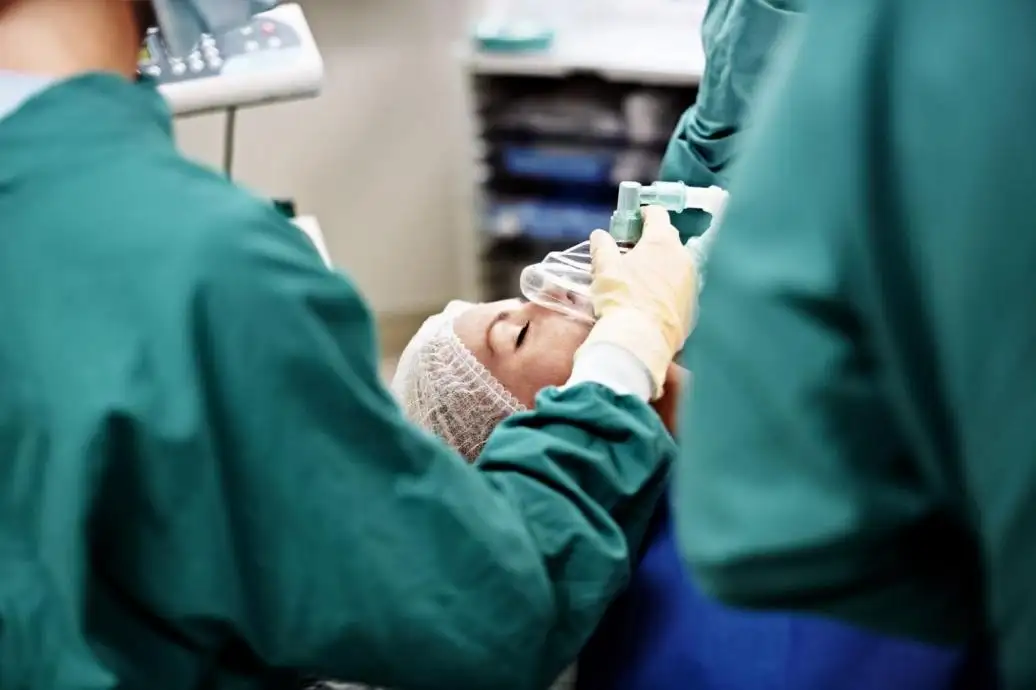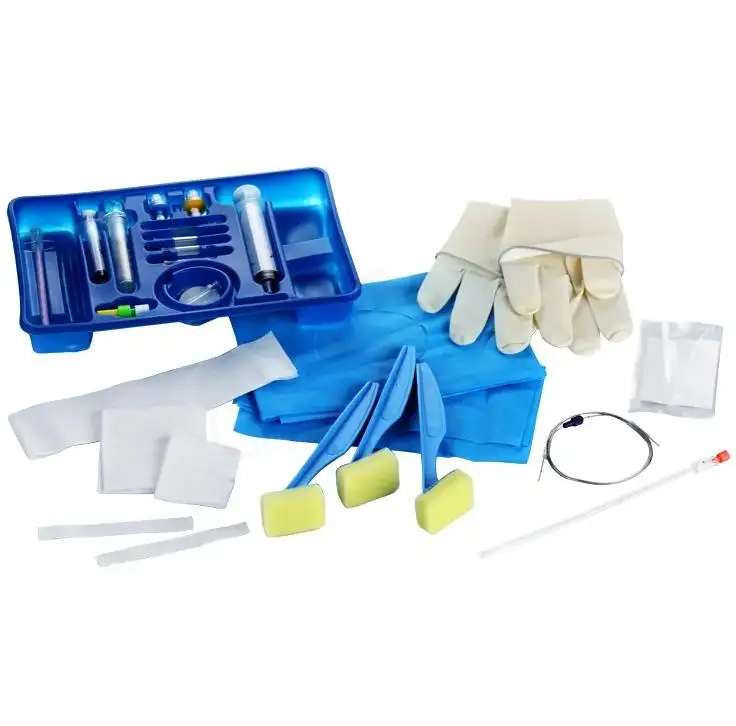What are Custom-Made Medical Devices? Patient-Specific Guide
What are Custom-made Medical Devices?
- What are custom-made medical devices? In the modern fast-changing healthcare sector, there is one expression that is acquiring a striking significance; this is custom-made medical devices. Such innovative solutions form an innovative age of patient-centered care, and treatment and equipment are not constrained to a one-size-fits-all approach anymore. Rather, they are designed to suit personal requirements, enhancing comfort, functionality, and general quality of life.
- However, what are tailor-made medical devices, and why are they so significant to contemporary medicine? These are simply patient-specific devices, which are produced on an individual basis to address individual anatomical, physiological, or clinical needs. Bespoke medical devices are customized to fit the needs of an individual patient, unlike mass-produced equipment, which is usually made with high precision, achieved by using highly specialized techniques (such as 3D printing, CAD/CAM design, and additive manufacturing).
Knowing Custom-Made Medical Devices
Custom-made medical devices are created to serve only one patient, on a medical prescription by a qualified professional. They are characterized by their personalization, i.e., they are not made in large batches but are tailored to meet the anatomical or therapeutic requirements of an individual.
- Orthopedic custom implants are made to suit the bone structure of a patient.
- Personalized surgical tools are used for complicated surgeries.
- Tailor-made prosthetics and orthotics are made to enhance mobility.
- Dental custom-made products like crowns, bridges, and aligners.
The solutions are also known as patient-specific medical devices, personalized medical devices, or custom healthcare solutions.
What Counts as a Custom-Made Medical Device?
What are custom-made medical devices? Not all changes to a medical good can be considered to be custom-made. Based on the EU MDR (Medical Device Regulation) guidelines under custom-made devices and the custom device exemption by the FDA, a device should satisfy stringent conditions:
- The prescriptions are tailored to the medical needs of a particular patient.
- Made to suit a single individual and not to be used by everyone in general.
- Impossible to be based on mass-produced products, but has to be made on a case-by-case basis.
- Needs documentation and traceability, though there are exemptions in some of the regulations.
This will help in ensuring that the custom implants, prosthetics, and surgical tools address the needs of the patients as well as safety standards.
Wrist Type Full Automatic Electronic Blood Pressure Monitor: Features
The Wrist Type Full Automatic Electronic Blood Pressure Monitor is a sophisticated medical gadget that is intended to simplify and improve the precision and the convenience of blood pressure monitoring. It has a compact size compared to the traditional bulky devices, which are cumbersome to carry around, and it is easy to carry around as well, since it can perform the work of a professional, and at the same time, it is easy to use, as individuals who might be required to check their blood pressure regularly.
- Small and Lightweight Construction
The convenience of this device, its compact size, and lightness are some of the best benefits. The design of the wrist type will remove the burden of carrying huge equipment, hence the perfect fit in the home, travel, or even in the field. This is because of its portability, which enables patients to continuously monitor their blood pressure at any time and location.
- Transparent Exhibition and Accurate Graduation
The monitor has a smooth, readable display and an accurate graduation system, which allows the user to read the results without difficulty. It gives precise and consistent numerical data and reduces errors, and guarantees the trust of all readings. This must be accurate because the consumers need reliable blood pressure measurements that would help to treat their ailments like hypertension, heart-related diseases, or any other cardiovascular-related issues.
- It's Superior Anti-Shake Capability
Its great anti-shake feature is also another good feature. The device is stable even when the conditions are less-than-ideal, which makes the results of every measurement reliable. This is especially applicable in dynamic settings such as ambulances, field rescue missions, or clinics where stability might be compromised.
- Long life and Incredible Permanence
Another good strength is durability. The device is also remarkably stable and has a long life span, thus a long-term investment for both the medical institutions and the individual user. Its reliability in the busy environment of hospitals and clinics is appreciated by healthcare professionals, whereas families can rely on it on the basis of monitoring their loved ones daily without the need to change the device frequently.

Disparity Between Standard and Custom-Made Medical Devices
The second commonly posed question is, what is the difference between standard and custom-made medical devices?
- Standard Devices: They are produced in large volumes, are the same size and do the same job, are cheap, but are not necessarily the best devices to fit all patients.
- Custom-Made Devices: Medical equipment that is made individually and is tailored to the body or treatment regimen of the patient. They offer greater accuracy, comfort, and results.
This is a major difference, especially in areas such as orthopedics, dentistry, as well as prosthetics, where two patients are not the same.
Advantages of Custom-Made Medical Devices
The emergence of custom-made medical implants and custom-made medical devices has several benefits:
- Exact Fit: Devices are exactly in line with the anatomy of the patient.
- Enhanced Comfort: Enhanced comfort and pain decrease through improved alignment.
- Improved Performance: Improved treatment and accelerated recovery.
- Lower Risk of Surgery: Personalized tools are better in surgery.
- Increased Patient Satisfaction: The feeling of individual care.
These advantages explain why custom medical equipment is emerging as a benchmark of patient-centered healthcare solutions.
What is the Process of the Furnishing of Custom-Made Medical Devices?
The industrialized traditional medical device production process is a combination of advanced technology and clinical skills:
- Data Collection - The basis is on patient imaging scans (MRI, CT, 3D scanning).
- Design Phase - To design the blueprint, CAD/CAM medical device design software is used by the engineers.
- Prototyping - Rapid prototyping is a practice in medical equipment, where the design is tested first.
- Manufacturing - Additive manufacturing (3D printing) of health devices or CNC machining manufactures the device.
- Biocompatibility Tests - Materials are tested to make sure they are safe on the inside of the body.
- Clinical Validation - Custom devices are clinically tested.
Titanium, biocompatible polymers, and ceramics are some of the materials that are safe, durable, and effective.
Conclusion
What are custom-made medical devices? They are custom-made medical equipment that is well planned to suit a particular patient and supported by up-to-date technology, stringent standards, and an emphasis on patient-centered healthcare solutions. In case you are a health practitioner, patient, or researcher who wants to know more about custom-made medical devices, you can visit Greetmed, where you will get to know about innovative, safe, and regulatory-compliant medical devices.
Submit Your Request
Recent Posts
Tags
- Adult Diapers
- Are custom medical devices safe
- Baby Diapers
- Can respiratory anesthesia be used
- Digital Healthcare
- Do you offer customized consumables
- European Market
- How do you take care of a skin wound
- Industry Trends
- Lady Sanitary Napkins
- Medical Devices
- OEM Medical Devices
- Product Introductions
- Protective Equipment
- Under Pads
- What are custom-made medical devices
- What are diagnostic products
- What are hospital dressing products
- What are medical tube catheters
- What are some common protective equipment
- What are the appropriate applications for hospital dressing products
- What are the appropriate uses for protective equipment
- What is a gynecological examination
- What is a medical consumable
- What is an anesthesia kit
- What is an OEM in medical devices
- what is an wound skin care
- what is can disposable ultrasonic diagnostic
- What is good manufacturing medical devices
- What is hospital-grade protective equipment
- what is medical equipments hospital furniture
- What is medical sterilization wrapping
- What is rehabilitation equipment device
- What medical consumables do you supply
- Where can I find laboratory consumables wholesale
- where can I find medical protection device
- where to buy hypodermic accessories
- where to buy medical apparel
- where to buy medical consumable accessories
- where to find OEM medical device supplier
- where to find rehabilitation equipment supplier









